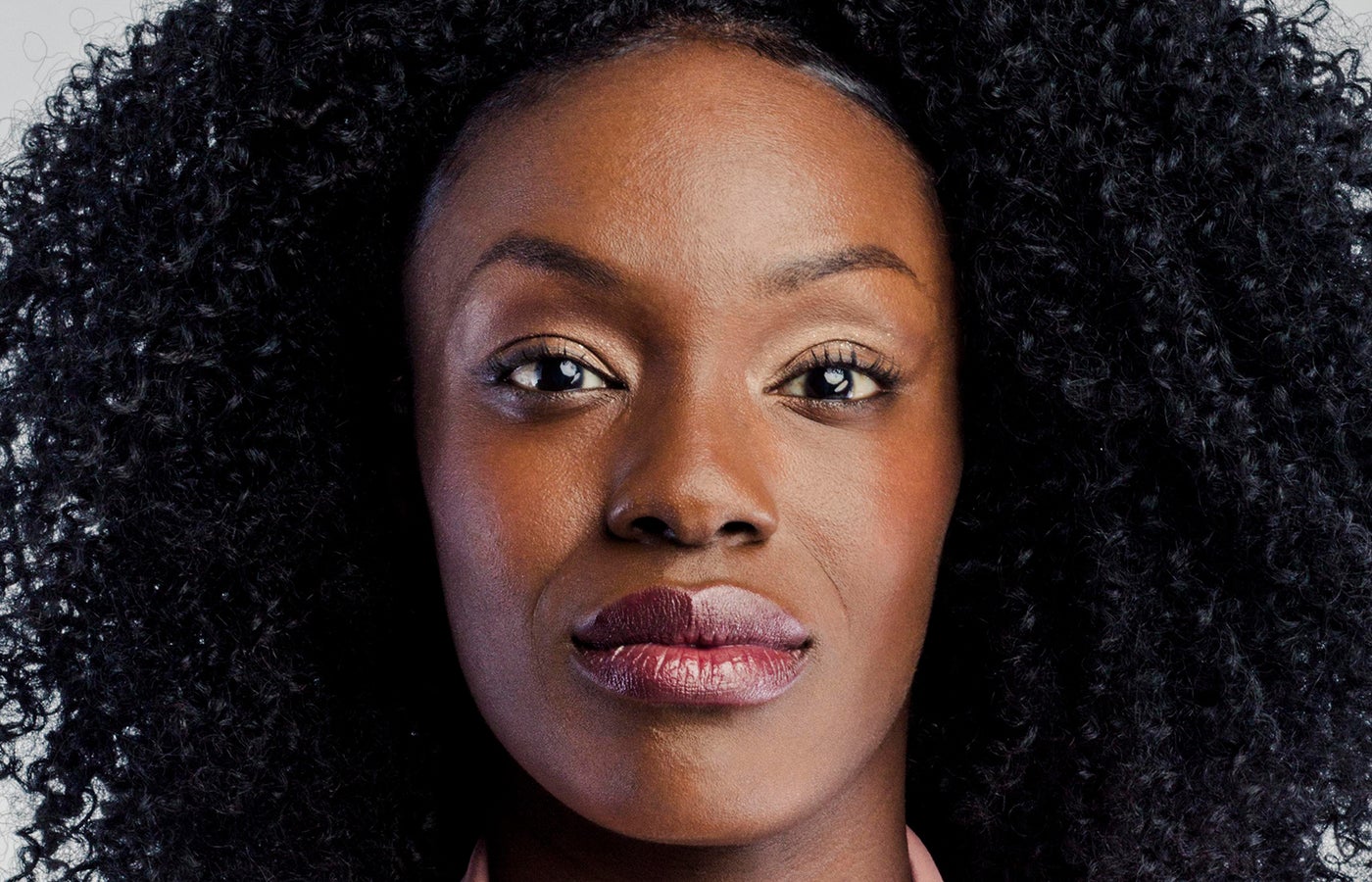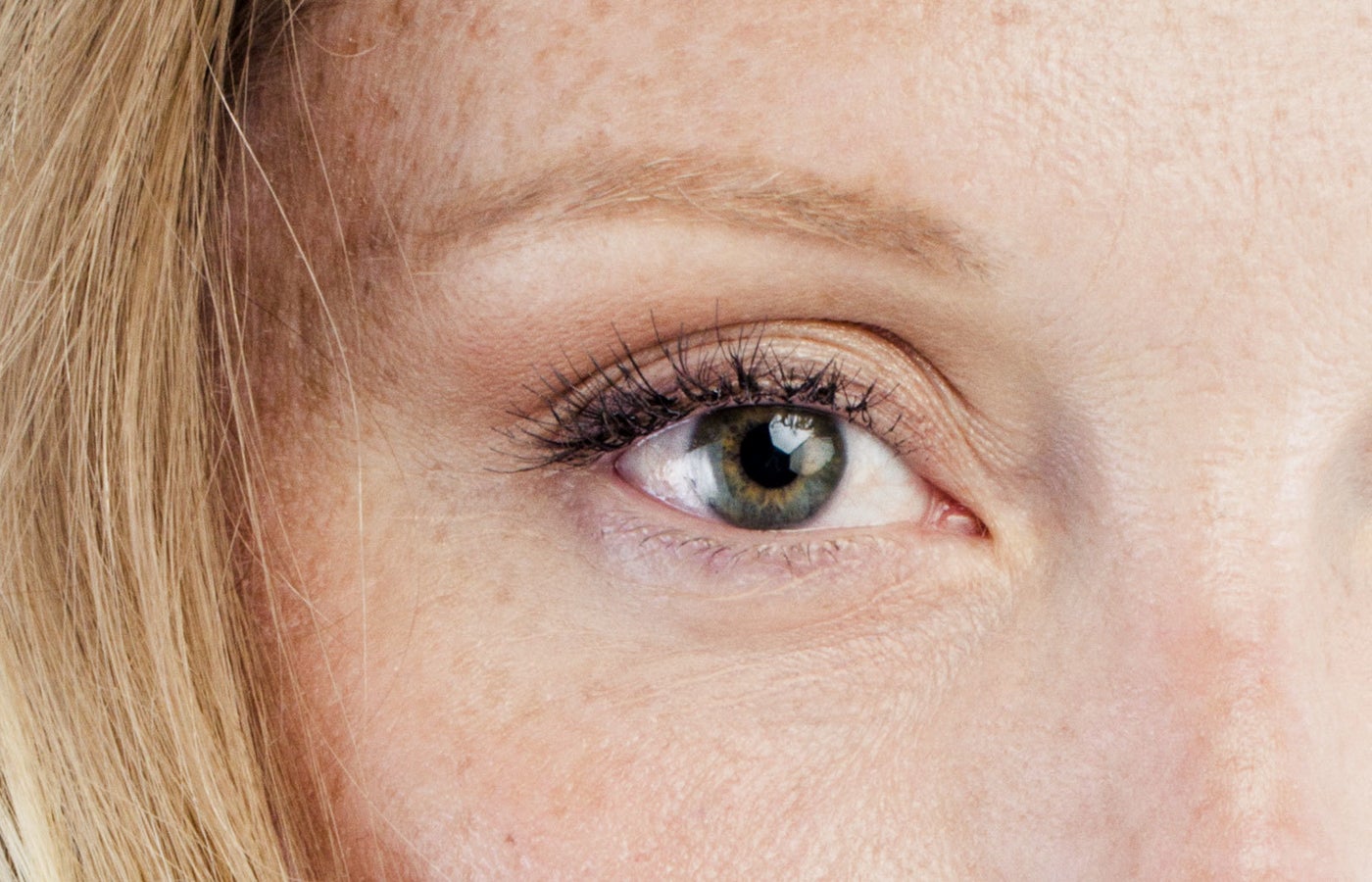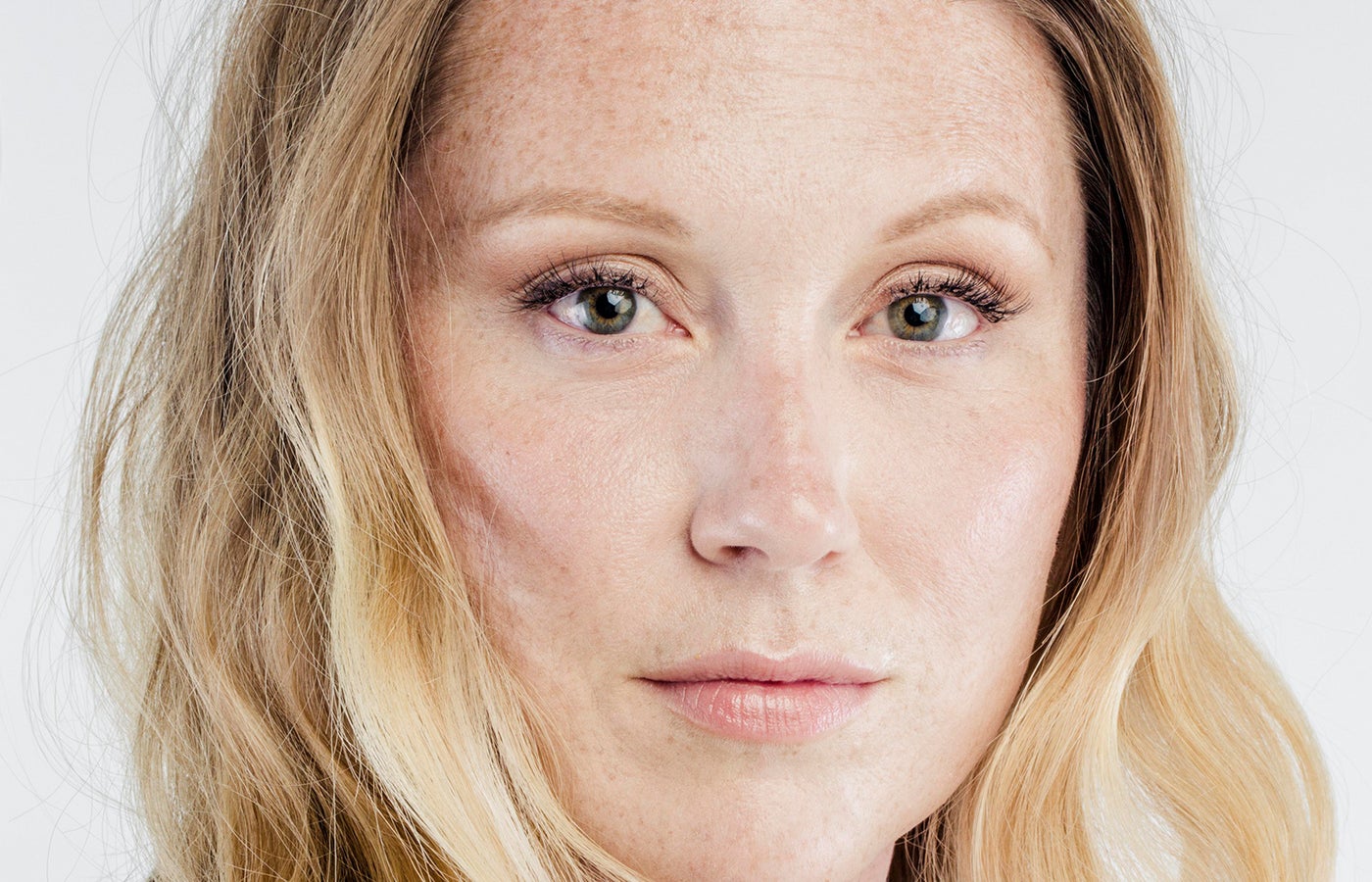Drooping Eyelids
Eyelid drooping, otherwise known as ptosis, can be slight to severe in people of all ages. Learn more about why it happens and the most effective ways to fix droopy eyelids.
Eyelid drooping, otherwise known as ptosis, can be slight to severe in people of all ages. Learn more about why it happens and the most effective ways to fix droopy eyelids.
Top treatments
Other options to consider


Blepharoptosis, or ptosis, is the medical term for a type of droopy eyelid that occurs when the muscles that raise the eyelid aren’t functioning properly. Ptosis can be severe and cover the pupil, affecting vision. In other cases, it’s just a cosmetic concern.
Some people are born with ptosis, while others develop it later in life.
- Congenital ptosis is present from birth. In these patients, the levator muscle—which elevates the eyelid—never develops properly, so it isn’t strong enough to keep the eyelid open all the way. If left untreated, congenital ptosis can lead to other conditions, like amblyopia (lazy eye) or even astigmatism, which can cause blurry vision.
- Acquired ptosis develops in adulthood, and it can have a number of causes. Most commonly, the eyelid muscles have normal strength but are either stretched out or are detached from the underlying tissues.
The eyelid muscles can also be weakened by eye surgery or wearing contacts (especially hard contact lenses) for a long time, says Dr. Mehryar (Ray) Taban, an oculoplastic surgeon in Beverly Hills, California.
Eyelid drooping can also signal a medical issue, especially in the case of a sudden sagging eyelid. “In the case of new-onset ptosis in a young person, I would see someone promptly to make sure there’s no medical reason—and then you can look at options for correction, if necessary,” says Dr. Joseph Eviatar, an oculoplastic surgeon in New York City.
Since upper eyelid ptosis can indicate a more serious medical condition, like a neurological disorder called myasthenia, it’s vital to get your health checked out by a doctor before undergoing any treatment.
Related: FDA Approves a New Nonsurgical Solution for Drooping Eyelids
Droopy eyelids can also result from:
- Excess skin (dermatochalasis). Your eyelid skin can stretch with age, so the eyelids look droopy even though the eyelid muscles are normal. Over time, excess skin can cover your eyes and even obstruct your vision. Removing excess skin from the upper eyelids is known as upper blepharoplasty surgery.
- Droopy eyebrows. Aging can cause your brow to sag toward your eyes. “I have a lot of patients who come to me and say, ‘I have a droopy eyelid.’ Then, when I look at them, it’s actually that the eyebrow has come down,” says Dr. Taban. Drooping eyebrows are treated with brow lift surgery.
The short answer: sometimes. Medical treatment is not always necessary for ptosis. This is especially true for children, since it’s common for them to experience an improvement in their ptosis as their facial structure develops.
Whether ptosis goes away by itself is typically dependent on its cause and severity. The best way to know if you need treatment is to see a medical professional for advice.
Droopy eyelids can give the impression that you’re tired. Surgically raising saggy eyelids creates a more alert, youthful appearance, along with resolving any vision issues created by the lowered lid.
Many people have a combination of factors that contribute to droopy eyelids, and they may need a combination of procedures in order to fully correct the issue.
If the drooping is severe and impairing your sight, your insurance plan may cover the cost of surgery—but only if a significant portion of your field of vision is obstructed. Insurance plans have strict guidelines for when this type of surgery is covered, so make sure to check with your doctor about how you’d need to document your vision impairment.
Related: How Much Eyelid Surgery Costs and Whether It’s Worth It, According to 6 Women Who Got the Procedure
- Botox can have a brow lifting effect, which can lift mildly drooping eyelids. When expertly injected into the facial muscles that pull the brow down (specifically the depressor muscles around the eyes), the frontalis muscles (whose job is to lift the brow) are freer to create a more lifted appearance. While neurotoxins like Botox can have a visible effect on a drooping brow and eyelid, the results are temporary, only lasting three to six months. Find providers who offer Botox
- Injectable fillers can improve the appearance of a drooping eyelid when they’re injected into the fat pad just beneath the brow. The upper eye area is slightly plumped up, reducing sagging. Fat loss in the temples can cause the tail end of the brow to droop, too. Injecting filler into the temples raises the outer brow, and the eye area appears more lifted. Minimal downtime is expected after a dermal fillers treatment, but bruising and mild swelling is possible. Results can last about a year. Find providers who offer injectable fillers
- Ptosis repair surgery corrects droopy eyelids by tightening the muscles that lift the upper eyelid. In cases where one eyelid droops more than the other, surgery can correct most of that asymmetry. “In the hands of an experienced ptosis surgeon, symmetry [within one millimeter] is achievable 90% of the time,” says Dallas oculoplastic surgeon Dr. Mark Mazow in a RealSelfQ&A. “It’s important for patients undergoing ptosis surgery to understand what can be accomplished,” says Dr. Mitesh Kapadia, an oculoplastic surgeon in Wellesley, Massachusetts. “It’s often possible to get the eyelids to a similar height, but exact symmetry is not a realistic expectation with this procedure. If a patient is not going to be happy with a millimeter’s difference between their eyes, they’re not a good candidate for the procedure.” There are several types of ptosis repair surgery. The procedure is technically demanding and usually performed by oculoplastic surgeons, who have training in eye surgery in addition to plastic surgery. Surgical incisions may be made on the front or back of the eyelid or on the forehead, depending on the type of ptosis repair. Surgery may be performed under local anesthesia, IV sedation, or even general anesthesia, depending on the type of surgery and the surgeon’s preference. You will likely have some bruising for two weeks or more post-procedure, but pain should be minimal. This is typically the best option for those with severe ptosis. Find doctors who offer ptosis repair surgery
- Upper blepharoplasty removes a swath of excess skin and removes or repositions the fat pads around the eyes—though surgeons are cautious to preserve as much fat as possible, to avoid a hollow look. Blepharoplasty is usually done with a scalpel, though some surgeons use a laser to make the incision at the top of the lid. It’s usually performed under local anesthesia or under light sedation. A 2019 survey of 28 published studies also found that upper blepharoplasties have “a great variety of beneficial functional outcomes, including an increased visual field and improvement in headache- and vision-related quality of life,” making it an often sought-out procedure for many. Keep in mind that the actual eyelid does not get raised during a blepharoplasty: it stays in position, and the skin that’s resting on the lashes is taken away. “The opening of the eye stays the same, because the skin has nothing to do with the eyelid position,” explains Dr. Taban. Find doctors who offer upper blepharoplasty
- A brow lift, also called a forehead lift, smooths and tightens the brows and forehead—which can lift droopy eyelids. The traditional approach, a coronal brow lift, involves an incision from one ear to the other, across the top of the head. An endoscopic brow lift, a minimally invasive technique done through tiny incisions, doesn’t allow for the removal of any skin and so may not provide enough correction, if you have significant asymmetry or laxity of the eyebrows. You’ll see the results of a brow lift right away, but it can take up to six months for swelling to go down. Results last a lifetime, says Seattle facial plastic surgeon Dr. William Portuese in a RealSelf Q&A. “It’s very rare to ever require two brow lifts in a lifetime, unless [the brows have] been undercorrected.” Blepharoplasty and brow lift surgeries are often performed by facial plastic surgeons and general plastic surgeons, in addition to oculoplastic surgeons. Find doctors that offer brow lifts
Upneeq is a new nonsurgical treatment for drooping upper eyelids. Contrary to ptosis repair surgery, which permanently tightens the muscles surrounding the eyelid, this treatment uses daily eye drops to contract the muscle and lift the lid.
Doctors claim this treatment can produce similar results to surgery in patients with mild to moderate ptosis, but the effect is only temporary. The drops, which can be used more than once a day, last just six hours.
This prescription isn’t an ideal option for everyone though. If your ptosis is severe, it will not work as well. If excess skin or fat around the eye is causing your ptosis, it won’t work either. It’s also not a long-term solution, since it carries side effects, like rebound redness (which is when the blood vessels stop reverting back to their original size after the drug wears off), when overused.
Additional side effects of this drug may include dry eyes, blurred vision, and irritation. So talk to your doctor in order to determine the cause of your eyelid ptosis and to ensure that your eye health isn’t an issue. Once health conditions are ruled out, this drug may be an option for those hoping to avoid surgery.
Related: Waking Up Tired Eyes: What Really Goes Into an Eyelid Lift
Updated July 2, 2021




